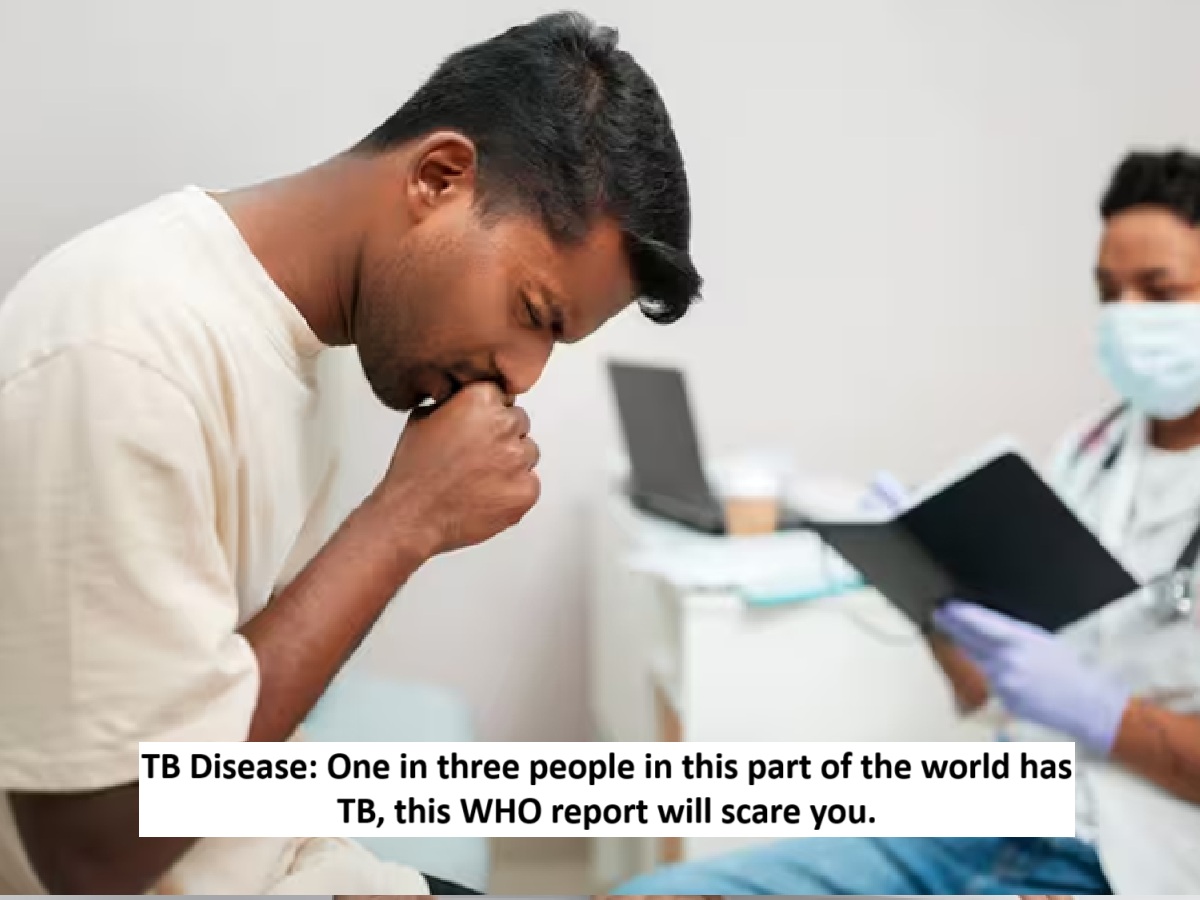
News Topical, Digital Desk : TB Disease Treatment: Southeast Asia accounts for more than one-third of the world's new TB cases each year. This region represents only a fourth of the world's population, yet the burden of TB is disproportionately high. In its latest report, released on Tuesday, November 18, the WHO expressed concern about this situation and urged countries to take swift action to eliminate the disease.
According to the WHO's Global Tuberculosis Report 2025, approximately 10.7 million people will be infected with TB in 2024, and 1.23 million will die. India has the highest number of cases, approximately 27.1 million, followed by Bangladesh (38.4 million), Myanmar (26.3 million), Thailand (10.4 million), and Nepal (67,000).
What does WHO have to say?
Dr. Katharina Böhme, Officer-in-Charge of WHO South-East Asia, stated that TB remains a major challenge to health security and development in the region, with poor populations bearing the greatest impact. She stated that prevention, early detection, prompt treatment, and a strong primary health infrastructure remain the most effective solutions. However, these measures need to be implemented at scale and rapidly. The report shows that the regional picture remains highly uneven in 2024. Burdensity rates in Myanmar and Timor-Leste remain high, with 480 to 500 cases per 100,000 population, while rates in Bangladesh, Bhutan, India, Nepal, and Thailand range from 146 to 269. Sri Lanka and the Maldives are still considered low-incidence countries.
The biggest challenge in Southeast Asia
Another major concern in Southeast Asia is drug-resistant TB. 150,000 new cases are projected in 2024. Although the region has seen a 16 percent decline in TB infection rates since 2015, better than the global average of 12 percent, the pace of reduction in deaths remains slow. The region's TB incidence rate is 201 per 100,000, well above the global average of 131. Some countries have shown significant progress. Bangladesh, India, and Thailand have identified more patients than estimated cases, narrowing the detection gap. TB deaths have also declined compared to 2015, especially since TB services have been restored after COVID. Treatment coverage has surpassed 85 percent, and success rates are considered among the best in the world. Preventive therapy for HIV patients and household contacts has also increased rapidly.
--Advertisement--

 Share
Share



